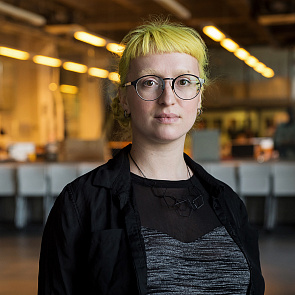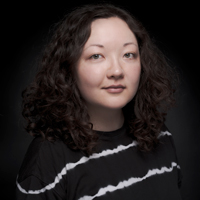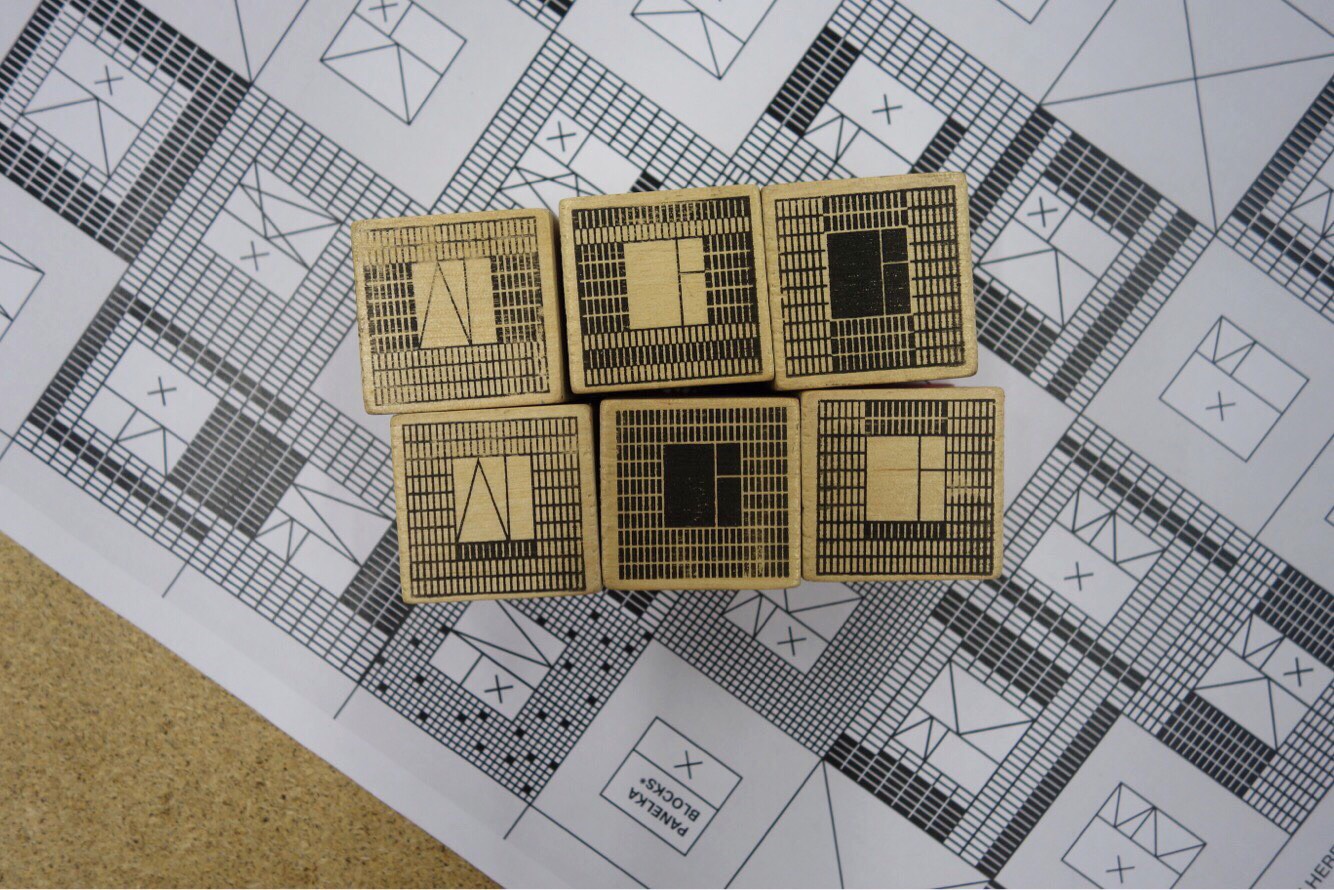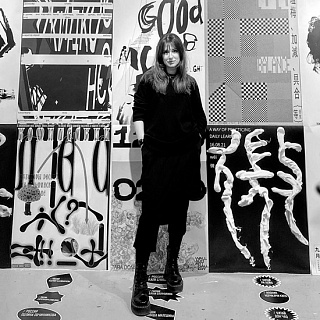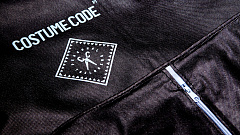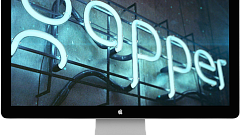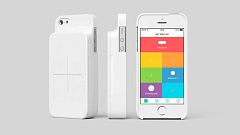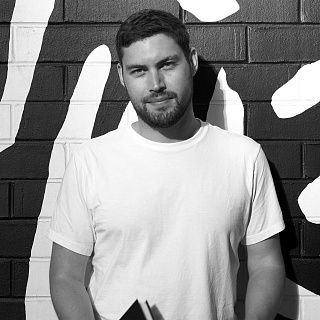Venus Reborn
About the course
The course focuses on the diversity of contemporary graphic and communication design practice. The emphasis is on the development of an personal approach to the discipline. We place equal emphasis on intellectual and practical knowledge, and encourage the students to engage with both traditional and contemporary media and processes including: typography, photography, printmaking, film and video, and physical computation; and areas of application like: art direction, environmental design, exhibition design, motion graphics, editorial and self-publishing, user interfaces and user experience, and more.
The course aims to provide a learning environment that will allow the students to build a conceptual, visual and technical ‘toolbox’ that will enable them to formulate and execute solutions to complex design problems.
We encourage our students to set aside traditional disciplinary divisions, and to engage in an open exploration of the unprecedented range of methodologies, processes, and media that a contemporary designer can operate within.
At the time of graduation students will have developed an individual approach to the field of graphic design, will be confident in their own intellectual and aesthetic decisions, and they will have the skills to promote themselves and their work to potential employers and clients.
Britanka Degree Show 2022
The course aims to provide a learning environment that will allow the students to build a conceptual, visual and technical ‘toolbox’ that will enable them to formulate and execute solutions to complex design problems.
We encourage our students to set aside traditional disciplinary divisions, and to engage in an open exploration of the unprecedented range of methodologies, processes, and media that a contemporary designer can operate within.
At the time of graduation students will have developed an individual approach to the field of graphic design, will be confident in their own intellectual and aesthetic decisions, and they will have the skills to promote themselves and their work to potential employers and clients.
Britanka Degree Show 2022
What makes the programme unique
Programme Structure
Year 1: Modules
Year 1 (Level 4) is about core skills and finding the right pathway for you. The first semester will allow you to explore both graphic design and illustration, before choosing one to specialise in for the rest of the course. Teaching encourages creative thinking, the generation of ideas and problem solving, with hands-on workshops in software, typography and printmaking.
Core modules:
- Visual Communication (45 credits)
- Graphic Design Essentials Part 1 (45 credits)
- C&CS Level 4 Graphic Design and Illustration (30 credits)
Core modules:
- Visual Communication (45 credits)
- Graphic Design Essentials Part 1 (45 credits)
- C&CS Level 4 Graphic Design and Illustration (30 credits)
Year 2: Modules
Year 2 (Level 5) focuses on professional projects, emphasising commercial constraints and expectations. It includes high-profile live projects which allow you to develop a real understand of what employers expect. Students also explore areas like digital design, interaction, and motion graphics.
Core modules:
- Graphic Design Essentials Part 2 (45 credits)
- Graphic Design Professional Development (15 credits)
- Graphic Design Live Projects (30 credits)
- C&CS Level 5 Graphic Design and Illustration (30 credits)
Core modules:
- Graphic Design Essentials Part 2 (45 credits)
- Graphic Design Professional Development (15 credits)
- Graphic Design Live Projects (30 credits)
- C&CS Level 5 Graphic Design and Illustration (30 credits)
Year 3: Modules
The final year is focused around building a professional portfolio with the chance to enter the best student competitions, as well as developing your own interests. It is intended to provide an experience from which you can emerge as a work-ready creative. The staff team are nationally and internationally recognised designers and illustrators who bring their research and professional interests directly into the student environment.
Core modules:
- Graphic Design Advanced Practice Part 1 (30 credits)
- Graphic Design Advanced Practice Part 2 (60 credits)
- Graphic Design and Illustration L6 Degree Essay (30 credits)
Core modules:
- Graphic Design Advanced Practice Part 1 (30 credits)
- Graphic Design Advanced Practice Part 2 (60 credits)
- Graphic Design and Illustration L6 Degree Essay (30 credits)
Tutors
Teachers
Student works


3D to 2D

Squirrels & Microchips

Indoor typology

Sexy Woman, Sad Woman: An Inventory of the Primary Features of the Visual Language of Ten Tabloid Magazines

Ticket to сhildhood

Handmade felted boots
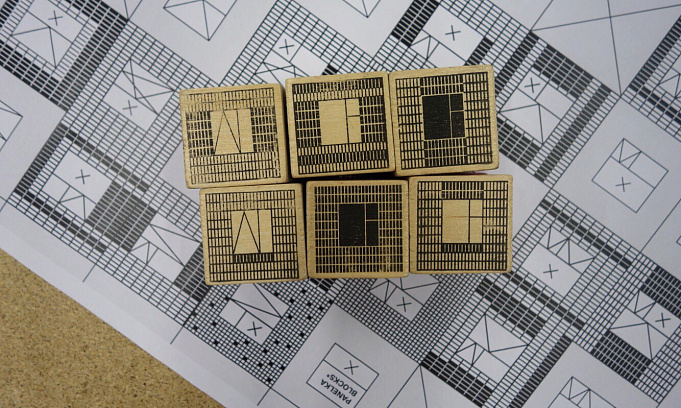
Panelka
How to apply
01
Required level of English
IELTS band 6.0 (or equivalent certificate). Along with the IELTS results, the following certificates are also accepted:
- CAE (Certificate in Advanced English);
- FCE (First Certificate in English).
If a prospective student does not have an IELTS certificate of the required level but successfully passed BHSAD English test as part of BHSAD entrance exams, he/she needs to obtain an IELTS certificate before the start of the first semester on Year 1.
- CAE (Certificate in Advanced English);
- FCE (First Certificate in English).
If a prospective student does not have an IELTS certificate of the required level but successfully passed BHSAD English test as part of BHSAD entrance exams, he/she needs to obtain an IELTS certificate before the start of the first semester on Year 1.
02
Required portfolio
The range of work in your portfolio should cover a broad spectrum of media, materials and approaches. Projects may be submitted in different disciplines including but not limited to graphics, drawing, painting, textile, photography, decorative art, design, web-design, animation.
First of all, the admission committee would like to see how you can generate and develop your ideas; that is why, besides finished projects, the portfolio should also include notebooks with sketches, sketchbooks, written works (articles, essays, if any). Please try to present examples of the best and most recent projects which reflect your creative abilities.
Your portfolio needs to be printed (А3 format or larger). Animation and CG works should be presented on CDs or memory sticks. It advisable to show photographs of large works which otherwise would be difficult to transport.
03
Interview procedure
Prospective students will be asked questions regarding their education and professional background in order to make a final decision about admission on to the course. Please be ready to tell the interview panel about yourself, your design experience and projects in your portfolio.
You may be asked about the history of creation of a particular work and the context of its creation. The panel may ask you about well-known designers to learn about the influence of creative activities of other designers and artists on you, the reason why you follow them and the main incentive for your development in terms of your occupation.
You may be asked about the history of creation of a particular work and the context of its creation. The panel may ask you about well-known designers to learn about the influence of creative activities of other designers and artists on you, the reason why you follow them and the main incentive for your development in terms of your occupation.
Cost and terms of payment
Cost and terms of payment
690 000 ₽ per year
Payment by installments is possible
Payment by installments is possible
Success stories
FAQ
What is the language of delivery?
The education at BHSAD is provided by an international team of lecturers but the working language is always English for our British programmes.

